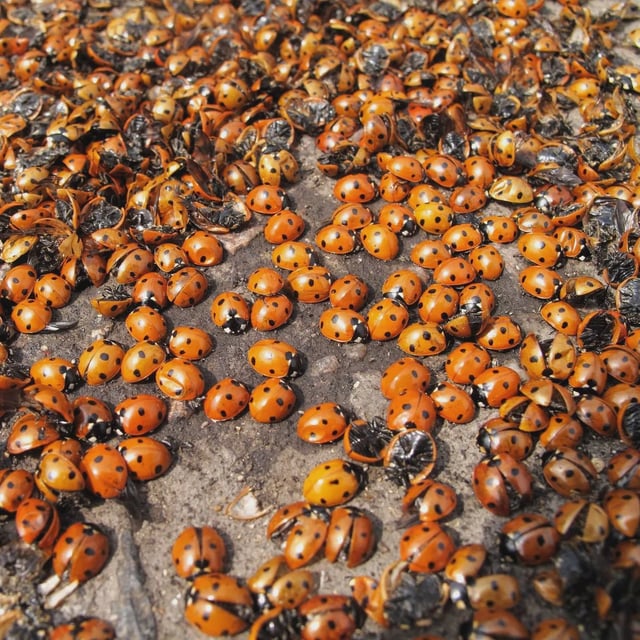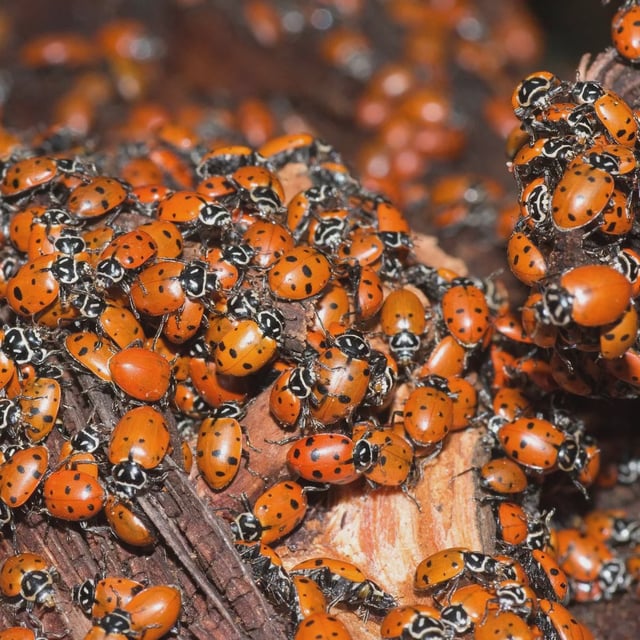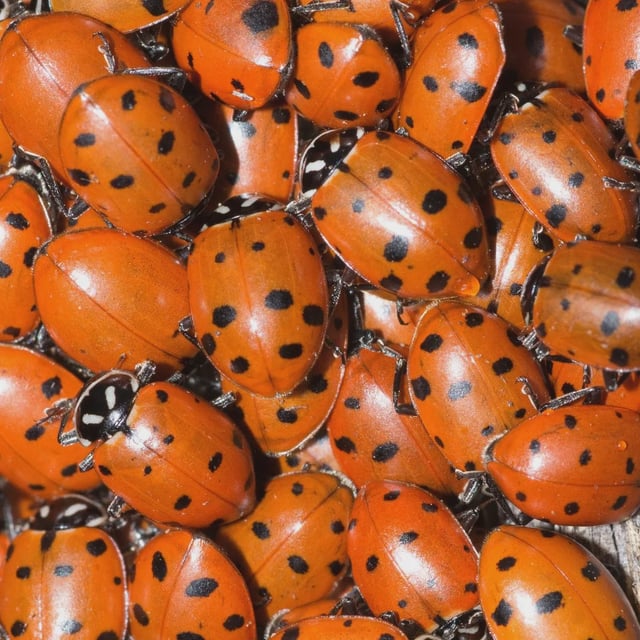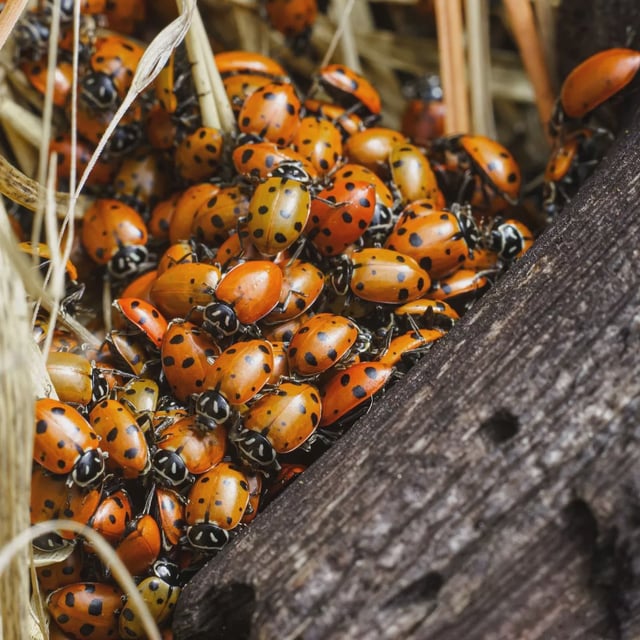Overview
- Reports on October 6–7 describe swarms on walls, windows and washing, with households from Shropshire and Herefordshire to Staffordshire seeing clusters indoors.
- UK Centre for Ecology & Hydrology’s Helen Roy says early-October sunshine triggers flights as species search for favoured overwintering sites, including buildings for harlequins and leaf litter for seven-spots.
- Warm spring and summer conditions fuelled aphid increases that supported a larger ladybird cohort into autumn, with Garden Organic recording high numbers at its Ryton site.
- Harlequin ladybirds, first recorded in Britain in 2004, are widespread non-natives that can prey on native ladybird larvae and other beneficial insects.
- Conservation advice urges people not to kill them, to gently relocate indoor clusters to outbuildings, and to support overwintering by leaving leaf litter, building log piles and avoiding pesticides.



